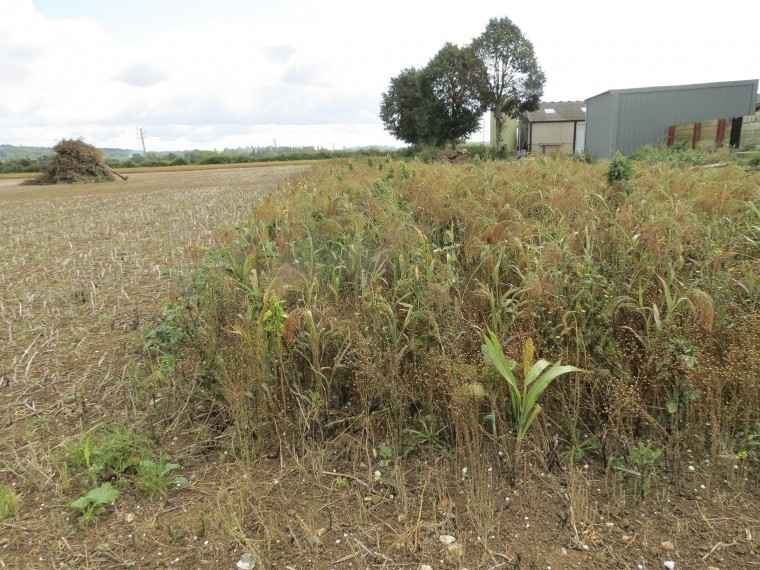Six years ago, Simon Porter introduced what he calls conservation farming on the 1,200 to 1,300 arable acres at Penn Croft Farms on the Surrey/Hampshire border.
“I am fairly convinced that the industrial type farming we were doing up to that point is unsustainable,” said Mr Porter. “Something has to change, so we are experimenting with a variety of things in conservation farming.”
All the crops are combinable, but they are being produced in a different way.
All the land is owned by the Porter family, and Simon Porter is the fifth generation to have farmed it. “Owning the land is part of the justification for making the changes,” Mr Porter explained. “We think that the value of our soil is important. If it costs this generation a bit to improve our soil, at least it will be there in better condition for the next generation.” Mr Porter has nephews who will continue to work with this philosophy.
Conservation farming is a big change at the farm. When Simon Porter started farming at Penn Croft in 1975, there was a 300 plus dairy herd and beef. Earlier, when he was a small boy, there were sheep on the farm too.
Before milk quotas ended, a decision was made to sell the dairy because it was at the far end of the farm which made it tricky to cart waste and feed up and down narrow roads; and the farm had an overdraft and needed reorganising anyway.
Conservation farming at Penn Croft is using cover crops, direct drilling to avoid moving the soil, being careful about what forms of fertiliser are used and the application of fertiliser, where timings may change. “We use different varieties of crop in the same field and companion crops – which are different species within a main commercial crop – to spread our risk for disease. We take great care to choose varieties of wheat, for example, which have different strengths. If we plant them as a rough mix – and that is important – the theory is that disease will not spread through the whole field.”
This worked in practice with yellow rust last year. One 20 acre field of the winter wheat variety “Reflection” succumbed to yellow rust and was grown for seed. All the other wheats were mixtures, and in the field next door to the one with yellow rust, the odd, small patch of yellow rust could be seen in the mixture. But the disease did not go through the whole field as it had done with the single variety. “So the theory is that because we have a wheat or oilseed rape crop which is less susceptible or more resistant to a variety of diseases, we are therefore reducing our fungicide input. So we are trying to farm by reducing nitrogen, reducing fungicides to turn back the clock on chemical, industrial farming.”




